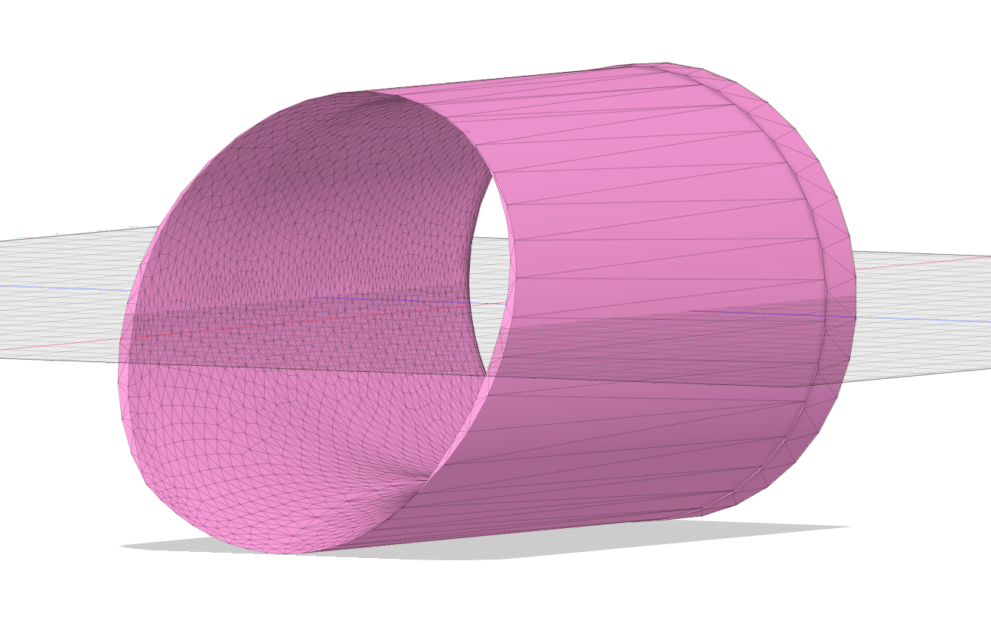
The 1975 Norton Commando 850 Mk3 Electric Start was the last Norton model to hit the U.S. market while Norton was under Triumph/BSA’s umbrella. This bike marked one of the final attempts to rescue the faltering British motorcycle industry, which had been thriving at its peak just a decade earlier. Despite its many attempts at rectifying issues and meeting the competition, some features of the 850 MK3 fell short of expectations. A prime example was the cylinder head, particularly the intake ports.
About a year ago, I undertook a rebuild of my 1975 Norton Commando engine. During this process, I converted the intake ports on the cylinder head from the stock 32mm (RH4 stamped head) to a modified version of the early Norton 850 (RH10 stamped head) intake port dimensions, using conversion tubes sourced from Jim Schmidt (JS Motorsport). The results were impressive, significantly enhancing the power band by delivering a lower RPM engagement which greatly helped the driveability of the motorcycle.
With the RH10 conversion tubes in place, I took some time to review Jim Schmidt’s work of documenting the Harley XR750 ports and the different Norton cylinder head ports. I started thinking, if we can convert a RH4 head to RH10, can we convert it closer to other more optimized port shapes in the pursuit of finding faster port air speed and optimized air fuel flow in pursuit of a bit more power output from my rebuilt Norton engine. The RH10 conversion tubes delivered a notable improvement, but I wanted to see if we could find more, without welding and cutting into the head.
A company called Full Auto (FA) started recasting Norton 750 and 850 cylinder heads. They do a beautiful job, I have no doubt that the casting is superior then what left the Norton Factory. The port shapes have been largely revised and have superior port velocity compared to a factory Norton head. Ideally I would source a FA cylinder head, but the price of one is out of my desired reach. I began sketching a revision based on Jim Schmidt’s drawings of the XR750 and the FA ports and his own modified versions of those ports. The goal was to achieve a port floor profile similar to the XR750 cylinder head, but have similar cross sectional areas to the FA head which features a 32mm wide port at the valve guide, with a raised floor transitioning down to the valve.
Since the Norton RH4 cylinder head has 32mm intake ports, I experimented with this port shape in a tube for insertion into the RH4 head, transitioning to a 32mm wide port at the valve guide.
I’ve always wanted to learn 3D CAD, and this project seemed like a good starting point—though in retrospect, there were probably easier projects to tackle first. This was harder than I anticipated and required numerous revisions to approximate the cross-sectional areas of the FA port within the confines of the 32mm Norton head. This challenge required some outside help and a few favors to get me to the finish line. After several revisions to get the dimensions and cross-sectional areas right, the next challenge was finding a vendor who could 3D print this at a reasonable price.

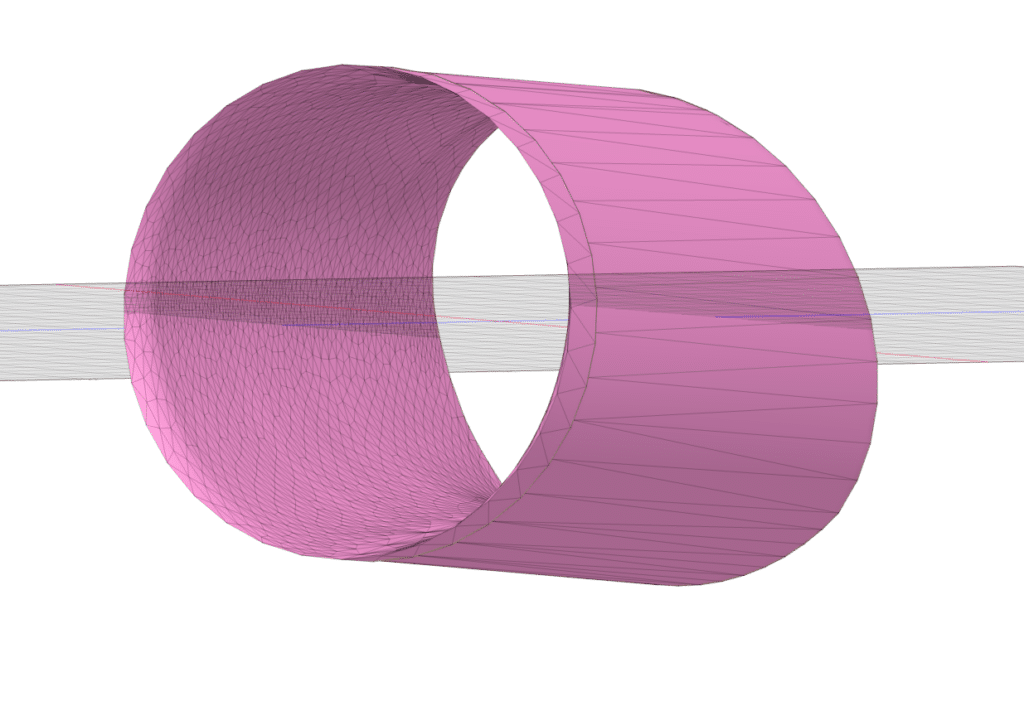

I anticipated being able to have this machined by CNC machine shop, but I quickly found out that CNC is insanely expensive and difficult to find a shop that can match the curvature of this profile. With the idea in CAD I started shopping for 3D printing in Aluminum, as it quickly became obvious that it was the most reasonable option for pricing.
Once I found a vendor I quickly learned that 3D printing a tight taper in and out of the tube is difficult to achieve as the minimal thickness most printers can print aluminum in is 0.7mm (most CNC is 0.3mm). This made getting the taper shape difficult and I had to get back to the CAD file to make adjustments. This sadly means that these tubes require some final fit with a die grinder to get the fit just right. After speaking with several vendors I finally sent the files over and ordered two intake tubes. It would not surprise me if in the future a finer edge finish can be achieved in 3D prints as technology advances.
Parts arrived in the mail about a week and a half later. So surreal to hold something that was 3D printed out of metal and is sturdy in your hands. The whole process took some mental catch up to the technology available today.
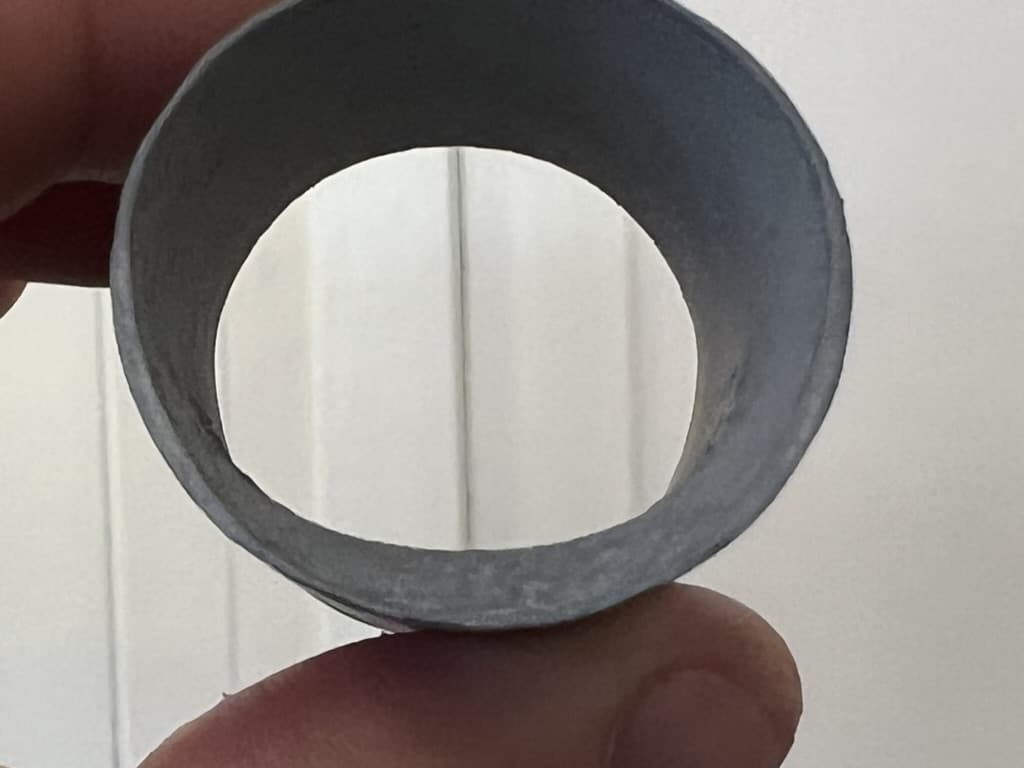
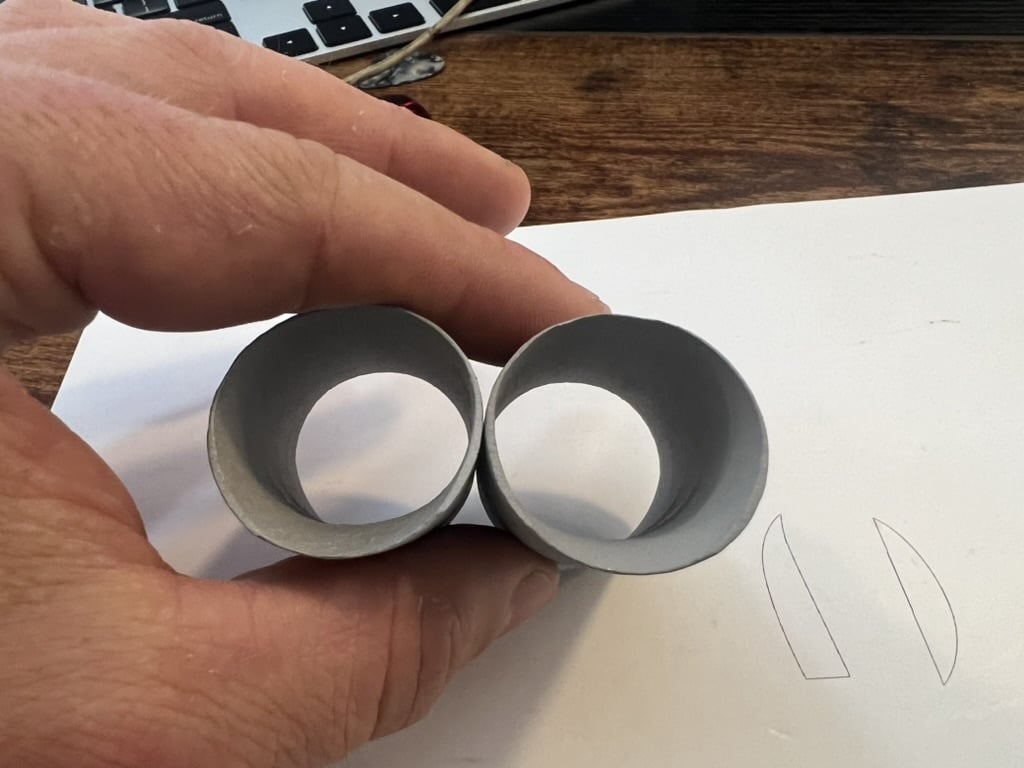
After the initial inspection it was clear that the shape I was after was accomplished. The outside dimensions of the tube were achieved with slight variations. I was offered to have the parts deburred and/or sand/glass beaded. I elected to keep them raw so I could control dimension imperfections and or see where the file needed changing based on the print. Each tube is close to the file dimensions, but the surface finish is not as clean as a lathe or mill would leave. I think if I were going for more exacting measurements I would 3D print these larger and turn them on the late to the final dimensions.
From what I can see 3D printing at this point in time is not an alternative for machining, but it seems to me that it is a good alternative option for casting especially when it comes to smaller parts, and small batch parts.

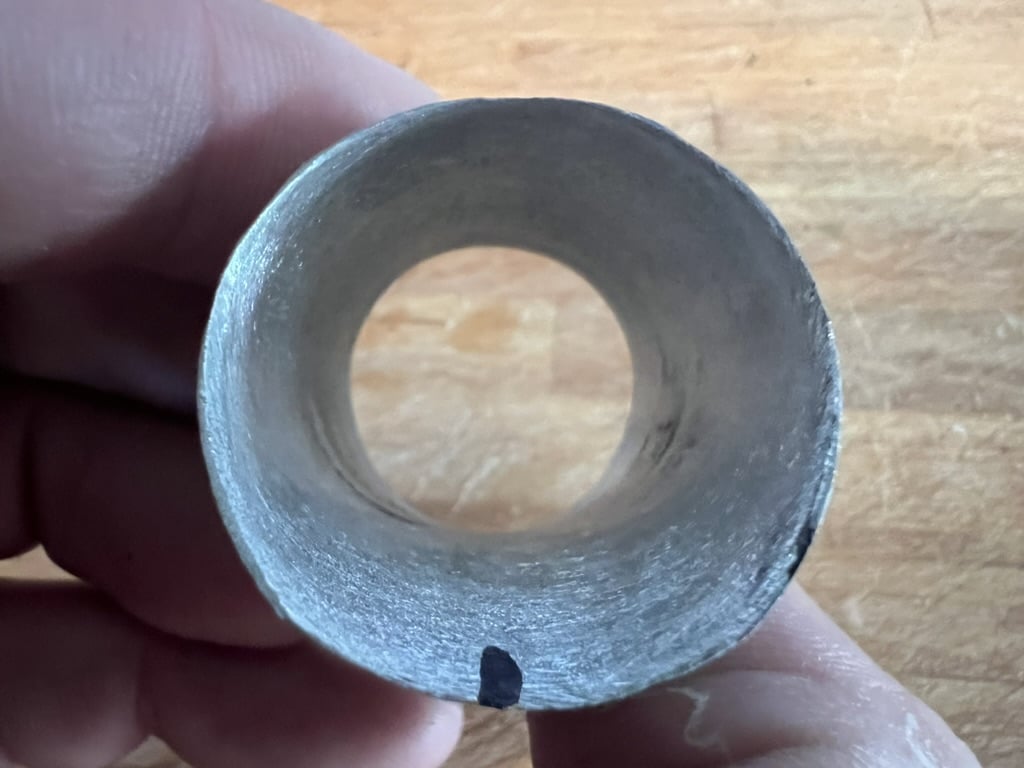
I lined my tubes up with a porting template provided by Jim Schmidt and the fit for the port shape is exact. I took a cartridge roll on a die grinder and tapered the edges to blend into the port tighter and debur any odd imperfections.
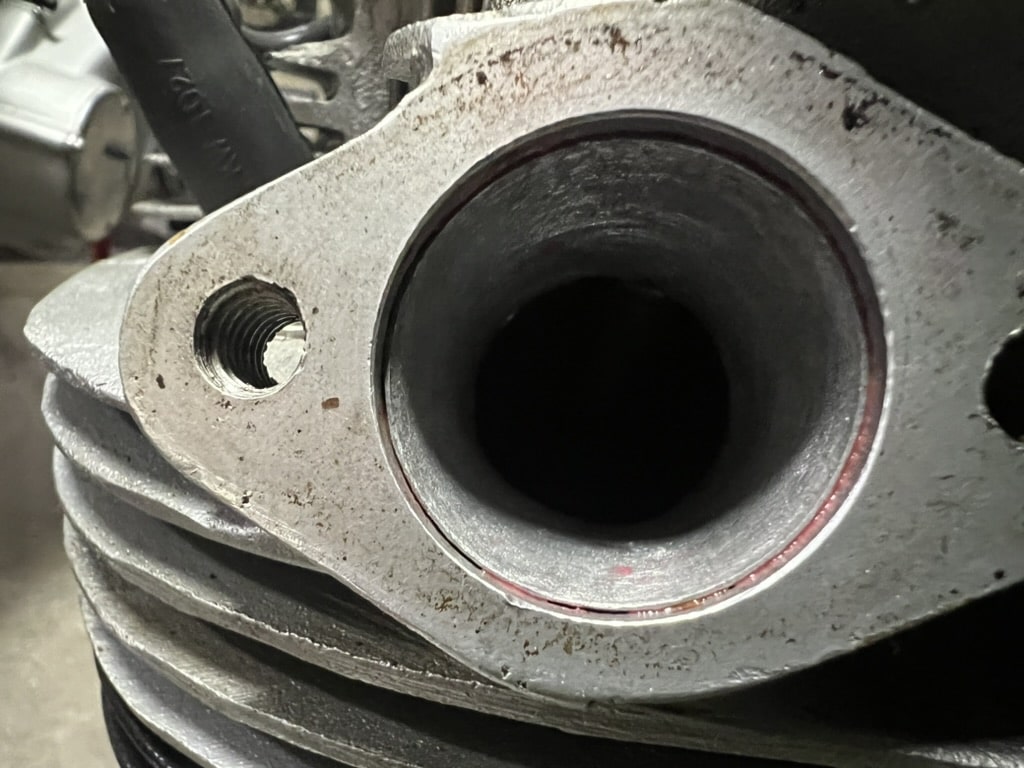
The fit on these RH10 conversion tubes is spot-on, seamlessly integrating with the 32mm Norton port. I secured them with Loctite 510, as I had done previously, and after a full year of riding, those tubes haven’t moved. Loctite 510 has proven itself, holding firm yet releasing easily with a little bit of heat from a torch when needed.
When I fired up the bike for the first time post-modification, I immediately knew I had hit the mark. The idle was noticeably quieter and smoother, allowing me to dial it down closer to 1000 rpm, much like the experience we had with the Thunder Products UFO on my dad’s Rickman Triumph.
First ride impressions were nothing short of disbelief that this actually worked and had improvement. The throttle response is significantly improved, the ride quality benefits from a smoother-running engine, and there’s a new, distinct sound to the engine. The increased velocity from the raised port floors transforms the bike’s performance both around town and on the open roads.
The real beauty of this modification lies in its ability to take the RH4 cylinder head, often considered one of Norton’s less desirable options, into what I believe is the top choice for an 850 Norton.

Comments